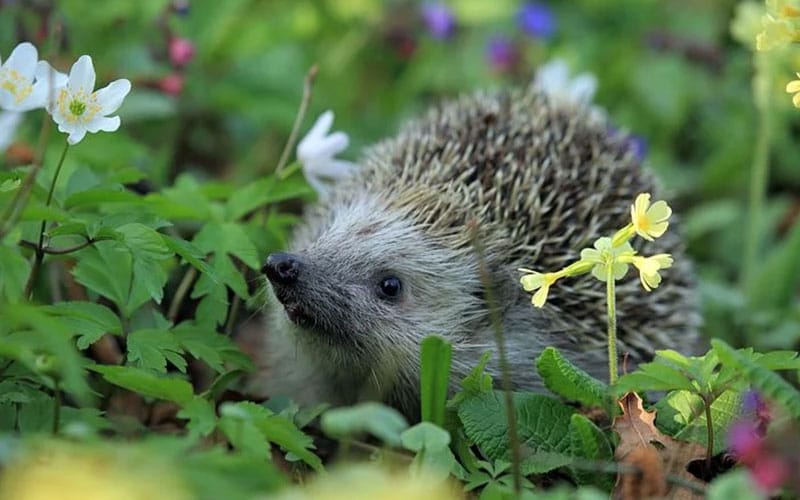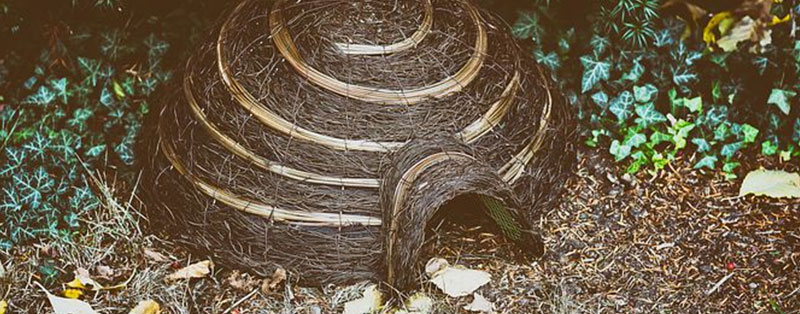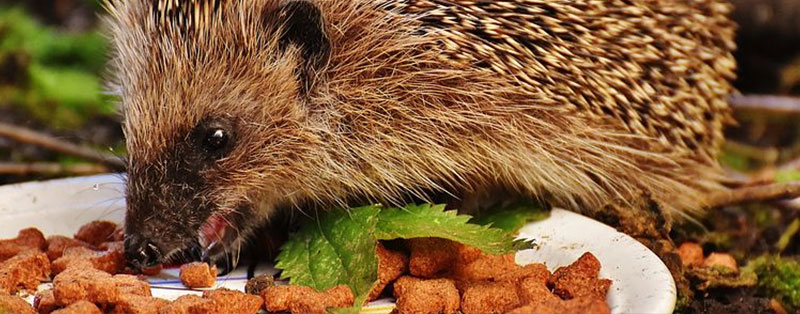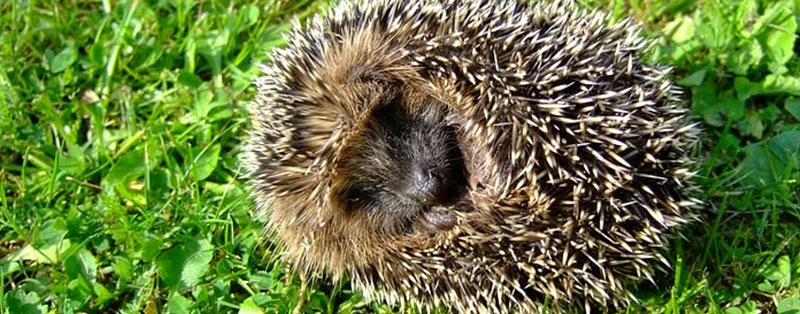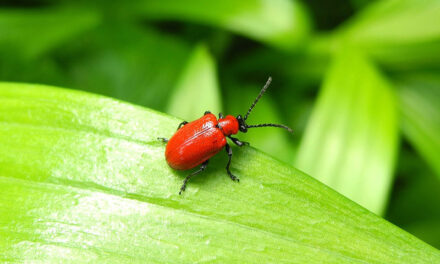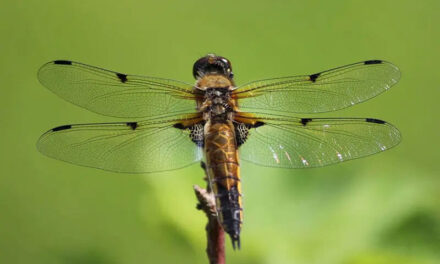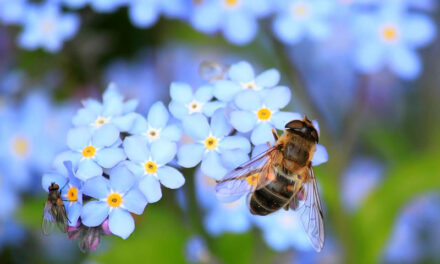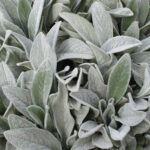Welcome to the ultimate guide on creating a hedgehog-friendly garden! If you’re a nature lover who’s passionate about conservation and wants to make a positive impact on the environment, you’re in the right place. Hedgehogs, with their adorable spiky coats and endearing snuffling ways, are not only a delight to watch but also play a crucial role in maintaining a balanced ecosystem. However, with their habitats declining and urbanization taking over, these charming creatures need our help more than ever. In this comprehensive guide, we’ll take you through a variety of tips, tricks, and DIY ideas to transform your garden into a haven for hedgehogs. From providing suitable shelter and creating safe pathways to offering nutritious food and water, we’ll cover it all. Get ready to embark on an exciting journey of creating a hedgehog-friendly garden that not only benefits these enchanting creatures but also brings you closer to nature. Let’s dive in and discover the secrets to nurturing a thriving hedgehog habitat right in your own backyard!
Why create a hedgehog-friendly garden?
Creating a hedgehog-friendly garden is not only a rewarding experience but also a vital step in preserving these fascinating creatures. Hedgehogs are natural pest controllers, feeding on insects such as slugs and snails, which can wreak havoc on your plants. By providing them with a suitable habitat, you’re not only helping hedgehogs thrive but also ensuring a healthy ecosystem in your garden.
Hedgehog populations have been declining rapidly due to habitat loss, urbanization, and the use of pesticides. By creating a hedgehog-friendly garden, you’re providing a safe haven for these creatures, allowing them to find food, shelter, and breeding opportunities. It’s a small but impactful way to contribute to their conservation.
To create a hedgehog-friendly garden, it’s essential to understand their habits and needs.
Understanding hedgehog habits and needs
Hedgehogs are nocturnal creatures, meaning they are most active during the night. They are solitary animals that prefer to roam and forage alone. To accommodate their natural behavior, it’s important to create a garden that offers them suitable shelter, food sources, and safe pathways.
Hedgehogs require sheltered areas to nest, hibernate, and raise their young. Creating a hedgehog house or providing access to suitable natural cover, such as log piles or dense shrubs, can provide them with the necessary protection. Avoid using chemicals or pesticides in your garden, as these can be harmful to hedgehogs and other wildlife.
To make your garden hedgehog-friendly, you’ll also need to consider the types of plants you choose.
Choosing hedgehog-friendly plants
When selecting plants for your garden, it’s important to choose varieties that are beneficial to hedgehogs. Opt for native, wildlife-friendly plants that provide a diverse range of habitats and food sources. Hedgehogs are particularly fond of plants with low-growing foliage, such as ground cover plants and shrubs, as these provide excellent hiding spots.
Avoid using slug pellets or other chemical pest control methods, as these can be harmful to hedgehogs. Instead, encourage natural pest control by attracting beneficial insects, such as ladybugs and lacewings, which prey on common garden pests.
Creating a hedgehog-friendly garden involves more than just providing suitable shelter and plants. It’s important to consider their dietary needs as well.
Providing food and water for hedgehogs
Hedgehogs have a varied diet that includes insects, slugs, snails, worms, and even small mammals. While they are excellent hunters, it’s important to supplement their diet, especially during times when food may be scarce.
You can provide food for hedgehogs by leaving out a shallow dish of freshwater and a small bowl of cat or dog food. Avoid using fish-based food, as hedgehogs are lactose intolerant. It’s important to note that supplementary feeding should only be done during colder months or when natural food sources are limited.
Creating hedgehog-friendly structures and hiding places is another crucial aspect of a hedgehog-friendly garden.
Creating hedgehog-friendly structures and hiding places
In addition to natural cover, you can enhance your garden by creating hedgehog-friendly structures and hiding places. Hedgehogs love to explore and hide in nooks and crannies, so consider incorporating features such as log piles, rockeries, and compost heaps.
To ensure hedgehogs can access your garden, create small gaps or holes in fences or walls. These should be around 13cm x 13cm (5 inches x 5 inches) to allow hedgehogs to pass through while keeping out larger animals.
Maintaining a hedgehog-friendly garden requires some effort, but the rewards are well worth it.
Tips for maintaining a hedgehog-friendly garden
Regularly check your garden for any hazards that may harm hedgehogs. Remove any litter, such as netting or plastic, as these can pose a risk of entanglement. Check before mowing or strimming long grass or dense vegetation, as hedgehogs may be hiding in these areas.
Avoid using slug pellets or other chemical pesticides, as these can be toxic to hedgehogs and other wildlife. Instead, consider using natural methods, such as beer traps for slugs, or encourage natural predators, like birds and frogs, to help control pests.
Now that you have the basics of creating a hedgehog-friendly garden, let’s explore some DIY ideas to enhance your garden even further.
DIY ideas for enhancing your hedgehog-friendly garden
- Build a hedgehog house: Construct a simple hedgehog house using wood and provide a cozy space for hibernation or nesting.
- Create a hedgehog highway: Dig a small tunnel or gap in your fence to allow hedgehogs to roam freely between gardens.
- Install a hedgehog feeding station: Build a sheltered feeding station where you can leave food and water for hedgehogs.
These DIY ideas not only provide additional benefits for hedgehogs but also add charm and character to your garden.
Before we conclude, let’s take a look at some common mistakes to avoid when creating a hedgehog-friendly garden.
Common mistakes to avoid when creating a hedgehog-friendly garden
- Using pesticides: Chemical pesticides can harm hedgehogs and other wildlife. Opt for natural pest control methods instead.
- Neglecting water sources: Hedgehogs need access to fresh water. Ensure there’s always a shallow dish available.
- Blocking access: Hedgehogs require access to different gardens for foraging and breeding. Don’t block their pathways with closed fences or walls.
By avoiding these common mistakes and following the tips and ideas provided in this guide, you’ll be well on your way to creating a thriving hedgehog-friendly garden.
Conclusion
Creating a hedgehog-friendly garden is a wonderful way to connect with nature and contribute to conservation efforts. By providing suitable shelter, food, and water, you can create a haven for these enchanting creatures right in your own backyard. Remember to choose native plants, avoid harmful chemicals, and create safe pathways for hedgehogs to roam. With a little effort and creativity, you can transform your garden into a flourishing habitat for hedgehogs and other wildlife. Start your journey towards a hedgehog-friendly garden today, and enjoy the rewards of a thriving ecosystem and the joy of observing these delightful creatures.
Happy gardening!

